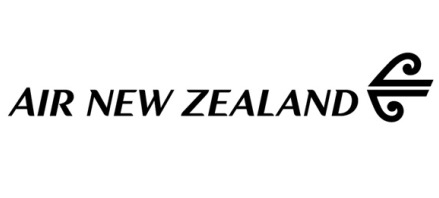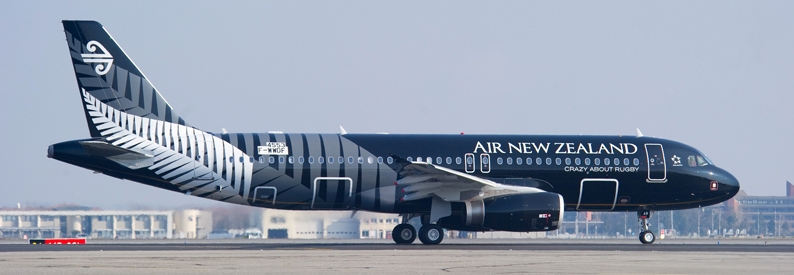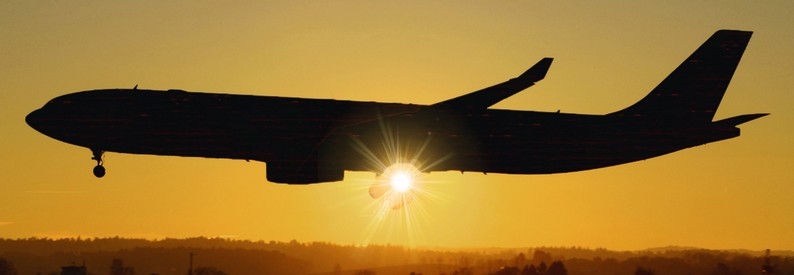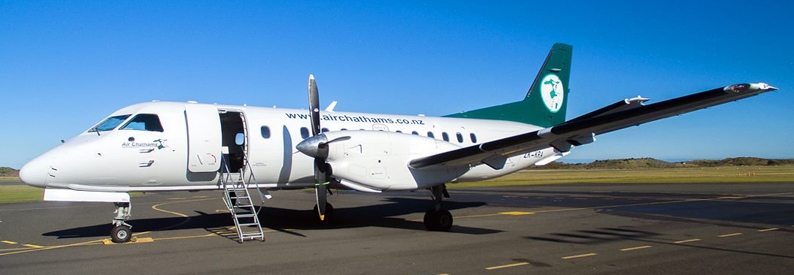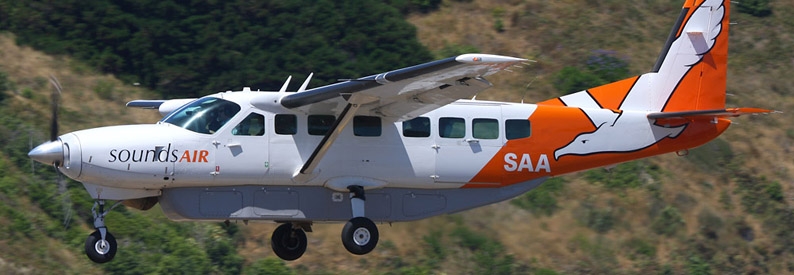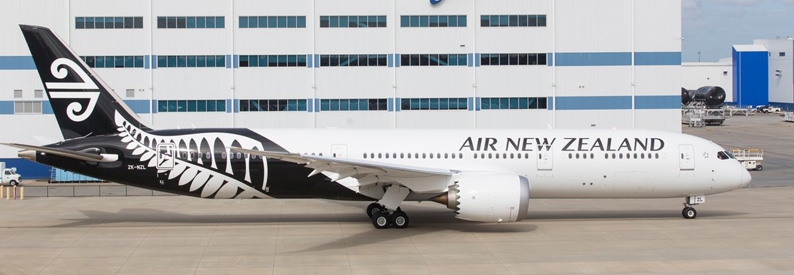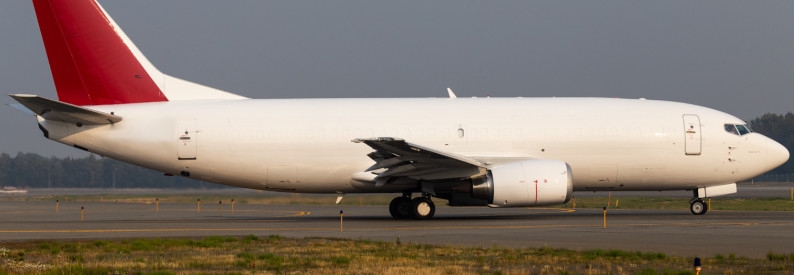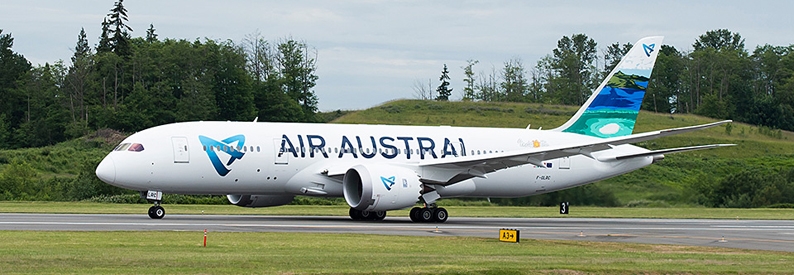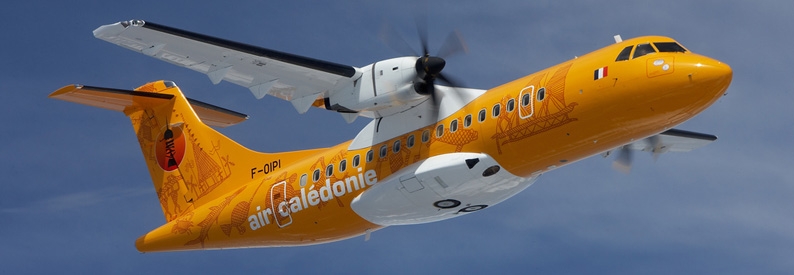Air New Zealand (NZ, Auckland International) warns its problems with grounded aircraft will get worse before they get better. During a February 20, 2025, investors' call, CEO Greg Foran said the airline was likely to have 11 aircraft - one-fifth of the fleet - on the ground in the latter half of 2025 because of engine issues, which will have a significant impact on the carrier despite its best mitigation efforts.
"Our fleet situation will not improve in the near term," said Foran. "In fact, it's likely to become more challenging over the remainder of this financial year and into the first half of FY2026. Having 10 or 11 aircraft grounded may not sound dramatic, but it represents roughly 20% of our fleet, and the ripple effects are substantial - I cannot overplay this enough."
Air New Zealand had four A321-200NX and two B787-9s out of service in the latter half of 2024 due to additional engine maintenance requirements on the PW1100 and Rolls-Royce engines. This rises to five of the A321neo and three B787-9s this half. In the second half of 2025, Air New Zealand expects to have up to six A321neo and five B787-9s on the ground at any one time.
The airline reported a net profit after tax of NZD106 million New Zealand dollars (USD61 million) for the six months to December 31, 2024, but said its network capacity was down by around 4% because of grounded aircraft. Among other short-term fixes, Air New Zealand has suspended flights to Seoul Incheon and Chicago O'Hare.
During the call, Foran expressed frustration with the engine availability and maintenance data, in particular information supplied by Rolls-Royce. "If we do get data from Rolls-Royce, we tend to dial it back a bit," he said. "Our best view, at this stage, is that we are heading towards 11 [out-of-service aircraft] in the next six-month period. I have more confidence in Pratt & Whitney."
"But because OEMs don't give us great forecasts, we have to pull together what we think makes sense," he added. "I have found over the past year that we've been closer to the mark than the OEMs are."
Compensation talks are ongoing and payments are received twice a year, although they rarely cover the full cost of the groundings.
"We received NZD94 million [USD54 million] in compensation [in the last half year] from the engine manufacturers, but it didn't come close to offsetting the full financial burden," said Foran. "We estimate there was another NZD40 million [USD23 million] of adverse impacts that we can directly measure."
New batch of B787s
Foran also disclosed that the first deliveries of a new batch of B787s are running slightly behind schedule. "We were hoping to get them around February [2026], but they've slipped a bit and they're now going to be a few months behind. Boeing is struggling to get their production rate up but we're close to them and know what's going on."
Air New Zealand has three B787-10s and five B787-9s on order. Additional leased B777-300ERs are helping to cover for the delay and the capacity shortfalls created by the groundings of the existing B787-9 fleet.
Refurbishment of the existing fourteen B787-9s is also running behind schedule, although the airline continues to maintain all will be done "over the next two years." The first and only B787 to head to the ST Aviation Services (SASCO) facility in Singapore was due back by the end of 2024. However, it remains in Singapore.
"We'll have that back in about a month or two, and by this time next year, we expect more than half our existing B787 fleet will be fitted with our new interior products," said Foran.
